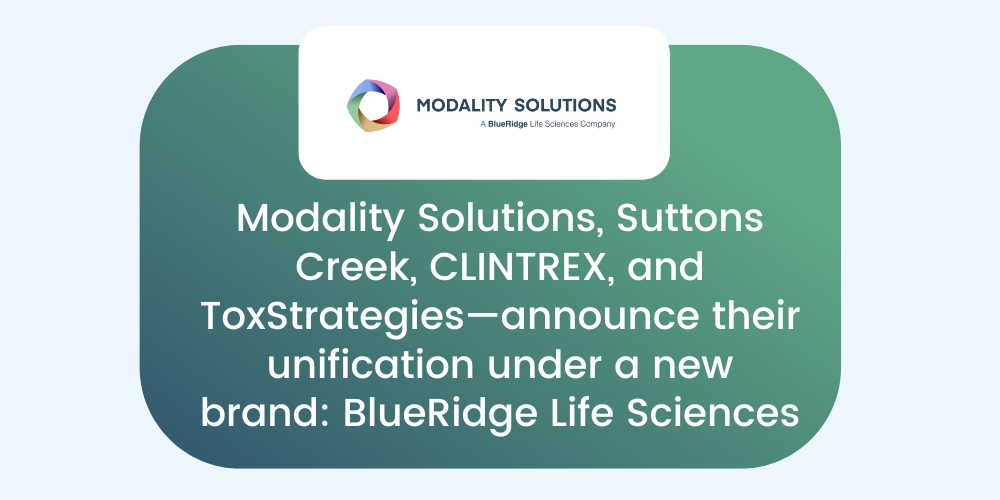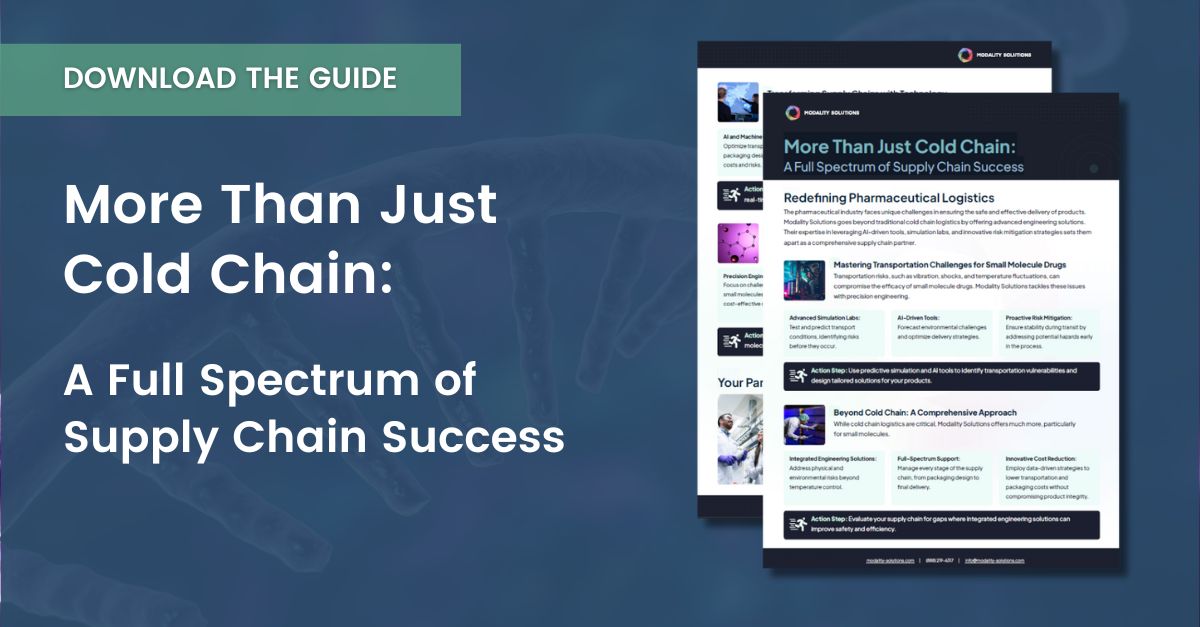Agency Feedback Integrates Regulations, Industry Guidance, and Best Practices Across Global Cold Chain Jurisdictions

By Gary Hutchinson, President, Modality Solutions
In 2021, Modality Solutions will be facilitating a review of practical approaches for cold chain compliance by jurisdiction. We will align current regulations, guidance documents, and agency feedback across therapies to offer risk-appropriate techniques. We will share regulatory responses from our extensive database developed from almost 200 interactions with global regulators with our clients on over 95 different therapies, including biologics since 2017. Here is why we are taking this approach.
A practical, manageable approach to a secure and robust cold chain is only possible to understand at the intersection of regulations, industry best practice standards, and supplier capabilities. This integration of willing regulators, innovators, and supplier partners must cooperate to ensure prompt, efficient, and compliant logistics networks to distribute therapies worldwide. The need for regulations, industry standards, and service providers to support the cold chain process has grown as fast as the technology platforms for new therapies and new manufacturing and delivery systems have exploded.
However, too often, these relationships are seen only as antagonistic or transactional. Information requests and meetings with regulators (especially Type B and C) are a great wealth of practical knowledge that can immediately be applied across the biopharmaceutical cold chain.
Meeting the Challenge Requires Integration
The industry can only integrate cold chain requirements, starting with therapy development and extending to environmental control during transit, by establishing an effective cold chain strategy. Integrating a systematic process for the assessment, management, communication, and review of risks to the therapy’s quality across the cold chain is the best way to anticipate cold chain challenges.
Best-in-class organizations integrate quality risk management, primary packaging studies, chemical and physical stability studies, drug product formulation testing, packaging design, and monitors and controls. Framing this activity as only a product development activity does not allow downstream cold chain management considerations to be included in the product design discussion. A holistic view provides the most significant opportunity for defining any subsequent commercial cold chain alternatives (e.g., shipper design, networks, and monitoring) that align with country-specific regulatory requirements.
Regulatory Considerations
Regulators have presented a growing series of country-specific guidelines and regulations (over thirty-five and counting) governing temperature control in storage and shipping. Too often, sponsors, innovators, and their suppliers define compliance by a gap analysis of the standards that apply to the cold chain and the measures taken to ensure temperature control during shipping and storage.
A switch from gap analysis to a holistic and integrated approach across multiple jurisdictions is now required.
The sponsor takes primary responsibility for ensuring that the therapy is fit for use. However, these innovators increasingly require strong partnerships with partners and suppliers coordinated with regulators, especially in fast-track accelerated review programs. Increasingly, manufacturers of cold chain products do have direct control over their products’ storage and handling. From the start of production through shipment from their main supply warehouse until they reach the first point of shipment and then distributed point-of-use with healthcare professionals, third-parties manage all aspects of the cold chain.
However, while accountable, drug sponsors can only have an indirect influence on cold chain compliance. The sponsor may indicate how the products should be stored and handled based on evidence from clinical studies and basic knowledge about therapeutic drug physical and chemical stability properties and requirements. An effective cold chain strategy must also recognize when the responsibility lies with a supply chain partner.
Specific compliance requirements for establishing an effective cold chain structure and governance strategy are based upon a combination of regulatory requirements defined by the corresponding regulatory body such as FDA, EMA, WHO, Health Canada, etc. However, industry best practice guidance from organizations such as the International Safe Transit Association (ISTA), United States Pharmacopeia (USP), International Air Transport Association (IATA), International Committee on harmonization (ICH), and the Parenteral Drug Association (PDA) offers essential information on the details and considerations required.
Too often, sponsors and their partners ask a series of generic questions are to audit compliance with cold chain standards:
- Is the packaging used formally qualified for the product being shipped?
- Is the equipment used to control the temperature levels suitable or formally calibrated?
- Is the package used during transportation to ensure temperature uniformity within the container?
- Is a temperature profile study required?
A deeper understanding of the science, risks, processes, and engineering behind these questions must be our first aim. Only then can the most critical question – “Why?” – can be answered, allowing “Is?” to be bypassed altogether and move directly to “How?”.
Cold Chain Management Trends
As life-saving drug therapies’ value and criticality escalate, regulatory requirements are moving toward tighter control over every facet of the cold chain. Even with the differences in formal requirements across different jurisdictions, regulators, innovators, and supplier partners gravitate to the most conservative approach because appropriate risk-appropriate techniques are not adequately explained during interactions with agencies. Training will continue to be an issue as logistics network partners have to balance these conservative requirements forced on the network by incomplete interactions with regulatory partners and their partners’ desired practice. Formal and informal regulation complicating today’s global supply chain means success is, at best, a moving target. Collaboration among all partners and consistent engineering first principles approach with regulators provide the foundation for future compliance risk reduction and approval success.
Follow on Linkedin:





